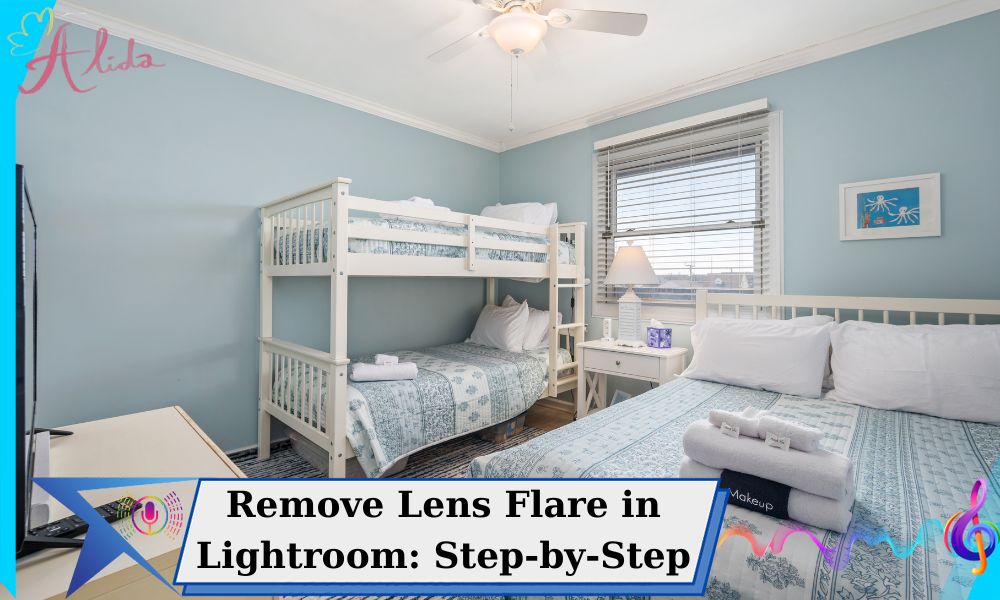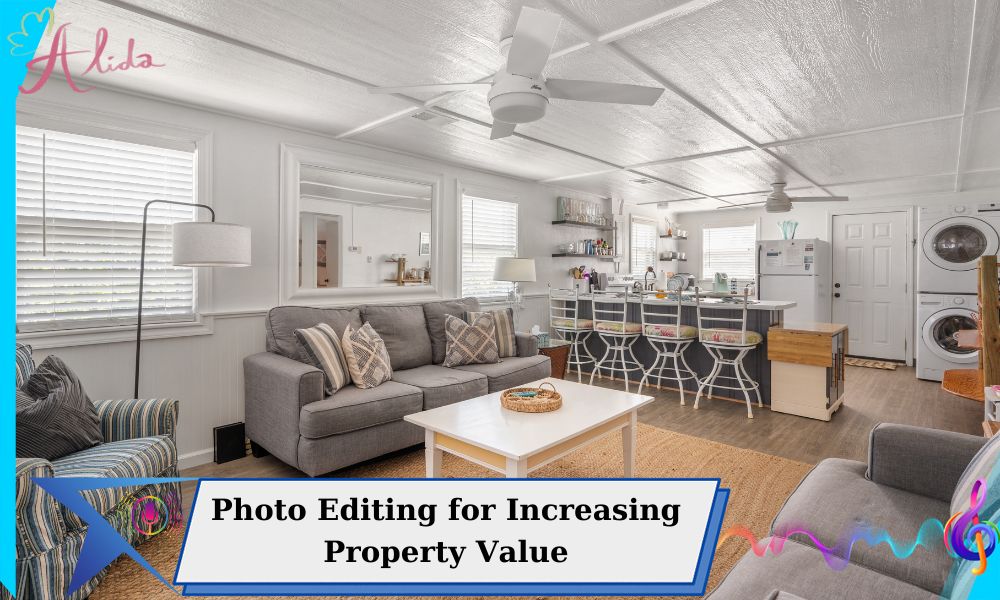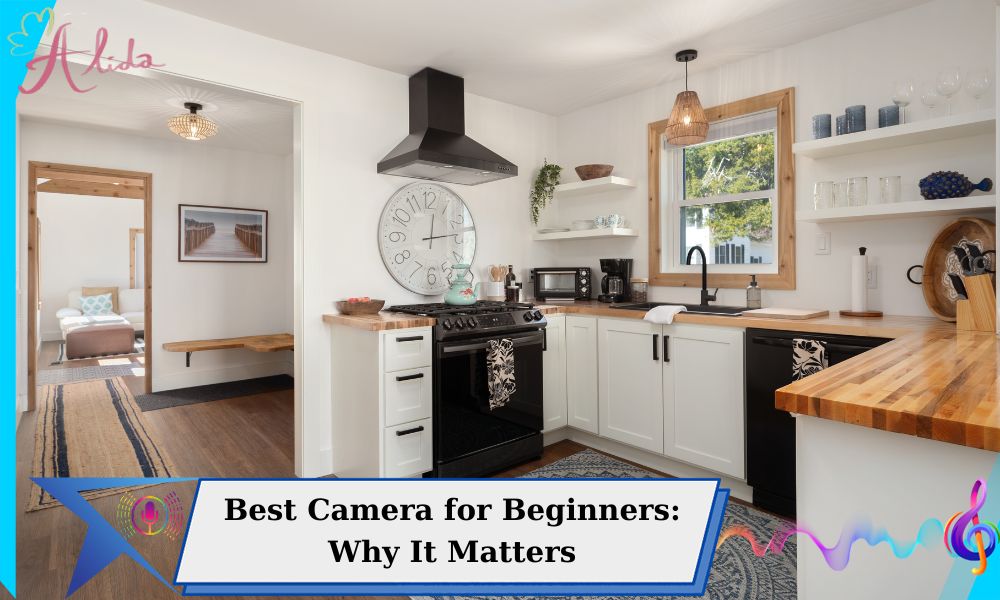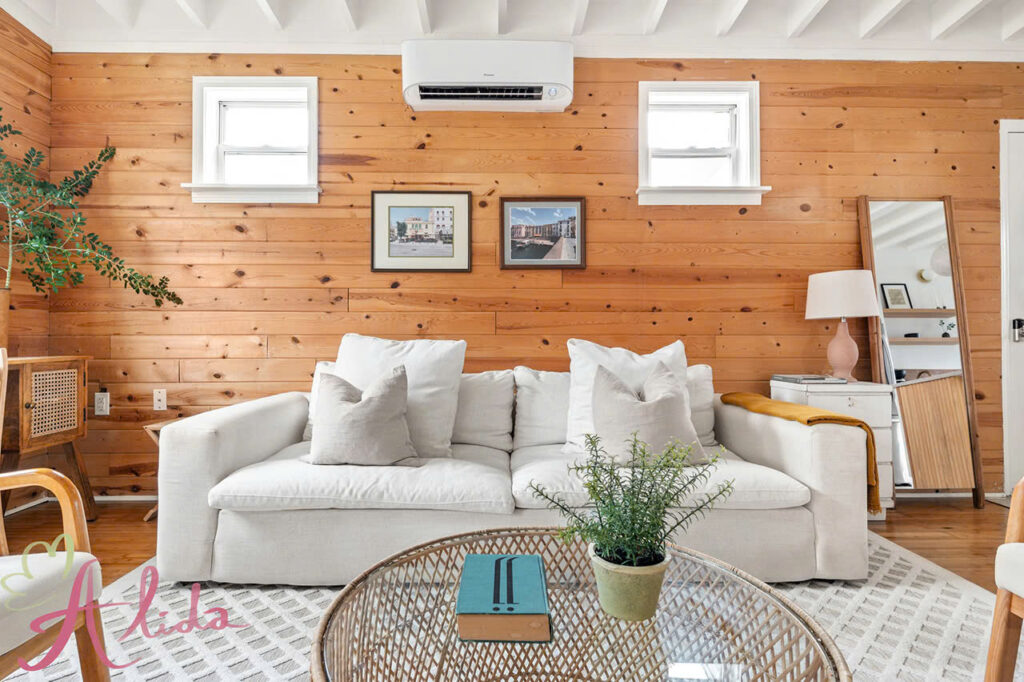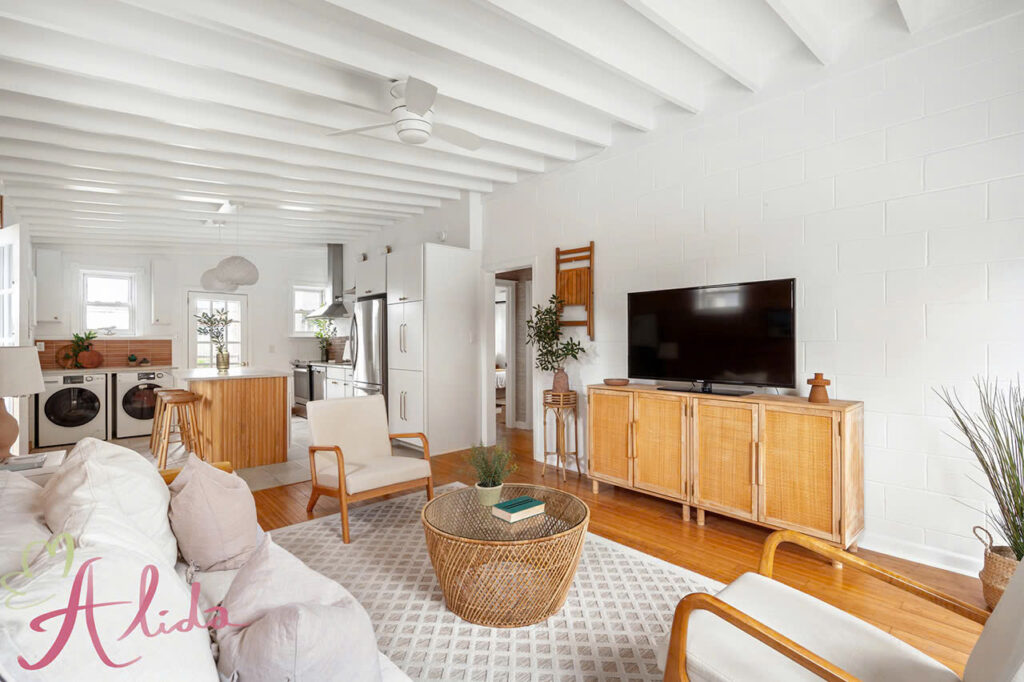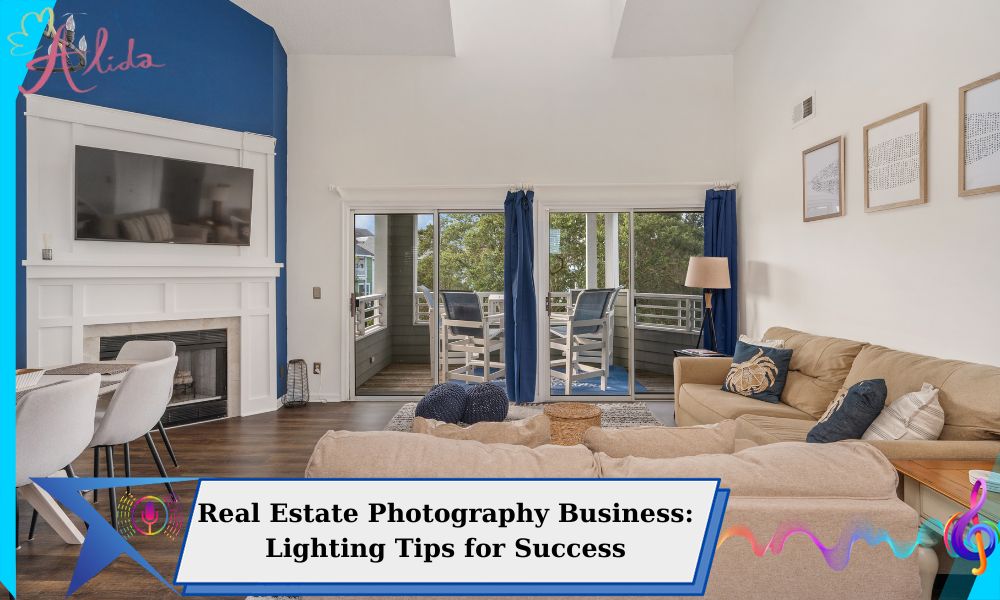Real estate photography is essential for presenting properties to prospective buyers effectively. In today’s competitive market, the right images can make or break a sale. As a professional in the real estate photography business, you need to understand that lighting is more than just an aesthetic choice. It’s an essential tool for creating compelling, high-quality photos that grab attention and convey the beauty of a property. Proper lighting can highlight the best features of a space, while poor lighting can leave the wrong impression.
Real Estate Photography Business: Why Lighting is Essential
Lighting impacts how a property is perceived by potential buyers. Homes photographed with good lighting create a welcoming, attractive atmosphere, whereas poorly lit images often appear dull and unappealing. In the real estate photography business, your ability to manage light effectively can directly affect how quickly a property sells and for what price.
Lighting sets the mood of the photo, draws attention to the most attractive features of the property, and ensures that each room is represented in the best possible light. Whether it’s emphasizing the warmth of a living room or making a kitchen look brighter and more inviting, good lighting plays a critical role.
Effects of Poor Lighting on Property Photos
Poor lighting can result in images that appear dark, grainy, or flat. It can hide key property details, such as architectural features, natural light sources, and the overall layout of the space. Buyers may have a hard time imagining themselves in a poorly lit home, leading to disinterest in the property.
Furthermore, inconsistent lighting across different rooms can create an uneven experience for potential buyers, diminishing the overall impact of the listing. Inconsistent lighting can lead to confusion about the space and its true potential, making it difficult for buyers to envision what the property would look like in real life.
How Lighting Highlights Property Features
Good lighting, on the other hand, highlights the unique features of a property. For instance, natural light pouring through a window can give a room a fresh, airy feel, which is especially important for spaces like kitchens and living rooms. Soft, diffused lighting can add warmth and depth, showcasing textures like wood or stone in the best possible way.
Proper lighting can also help reduce distractions, making the focus entirely on the property. Whether you’re shooting a modern home or a cozy cottage, light can emphasize key elements such as open spaces, intricate details, or luxurious finishes. This is why mastering lighting is a crucial skill in the real estate photography business.
7 Expert Lighting Tips for Real Estate Photography
Lighting is an art, and understanding how to use it effectively can take your real estate photography to the next level. Here are seven expert tips to ensure your lighting is always on point:
1. Maximize Natural Light
Whenever possible, use natural light to your advantage. Natural light provides a soft, even illumination that enhances the aesthetic of a room. Open curtains and blinds to let the light in, and shoot during the day when the sunlight is abundant. Just be mindful of the direction of the light—morning and evening light can create different moods and shadows.
2. Use HDR for Better Exposure
High Dynamic Range (HDR) photography is an essential technique in real estate photography. It allows you to merge multiple exposures into a single image, ensuring that both bright and dark areas of the photo are properly exposed. This technique is especially useful for spaces with a lot of contrast, such as rooms with large windows or rooms with artificial lighting.
3. Light Meters for Accurate Settings
A light meter is a tool that helps you measure the amount of light in a scene. Using a light meter ensures your camera settings are accurate, preventing underexposed or overexposed images. A light meter can help you understand the best settings for every room, ensuring consistent and balanced lighting across your photos.
4. Consistency Across Rooms
Consistency in lighting throughout the entire property is key. If one room is brightly lit and another is too dark, the viewer’s attention may be diverted. Ensure that each room is evenly lit, and if necessary, use supplementary lighting sources to balance the lighting.
5. Bounce Flashes for Soft Lighting
Using a direct flash can create harsh shadows and an unnatural look. Instead, bounce your flash off the ceiling or walls to create soft, diffused lighting. This method helps to illuminate the space evenly, without creating harsh contrasts or unflattering shadows.
6. Avoid Mixed Lighting Sources
Avoid mixing different types of light sources (e.g., incandescent, fluorescent, and daylight). Each type of light has its own color temperature, which can create color imbalances in your images. Stick to one light source or use a white balance setting on your camera to correct the colors.
7. Plan Your Shoot Ahead of Time
Planning your shoot ahead of time can help you take full advantage of natural light and ensure all rooms are photographed at their best. Think about the direction of the sunlight and how it will affect each room. Additionally, consider the time of day and how the lighting may change throughout the shoot.
Real Estate Photography Business: Enhancing Lighting Through Photo Editing
Even the most skilled photographers need to use photo editing software to enhance their images. Editing tools allow you to fine-tune the exposure, adjust the white balance, and correct any inconsistencies in lighting. Professional photo editing services can help you take your photos to the next level by ensuring that the lighting is perfect and the property looks its best.
In real estate photography, image editing is crucial for creating the final polished product that will attract buyers. By enhancing lighting in post-production, you can make a space look brighter, more inviting, and more appealing.
Conclusion
Lighting is one of the most important elements in real estate photography. By understanding how light affects your photos and applying expert techniques, you can create images that stand out and capture the attention of potential buyers. The key is to use natural light where possible, balance lighting sources, and utilize HDR for better exposure. Don’t forget the importance of post-production editing to ensure your photos are as bright and welcoming as the properties you’re showcasing.
If you’re in the real estate photography business and need professional editing services to enhance your photos, consider reaching out to Alida for expert photo editing. With our experience and attention to detail, we’ll ensure your photos are perfectly lit and ready to impress potential buyers.
For more information or to get started, email us at photonews121@gmail.com.

